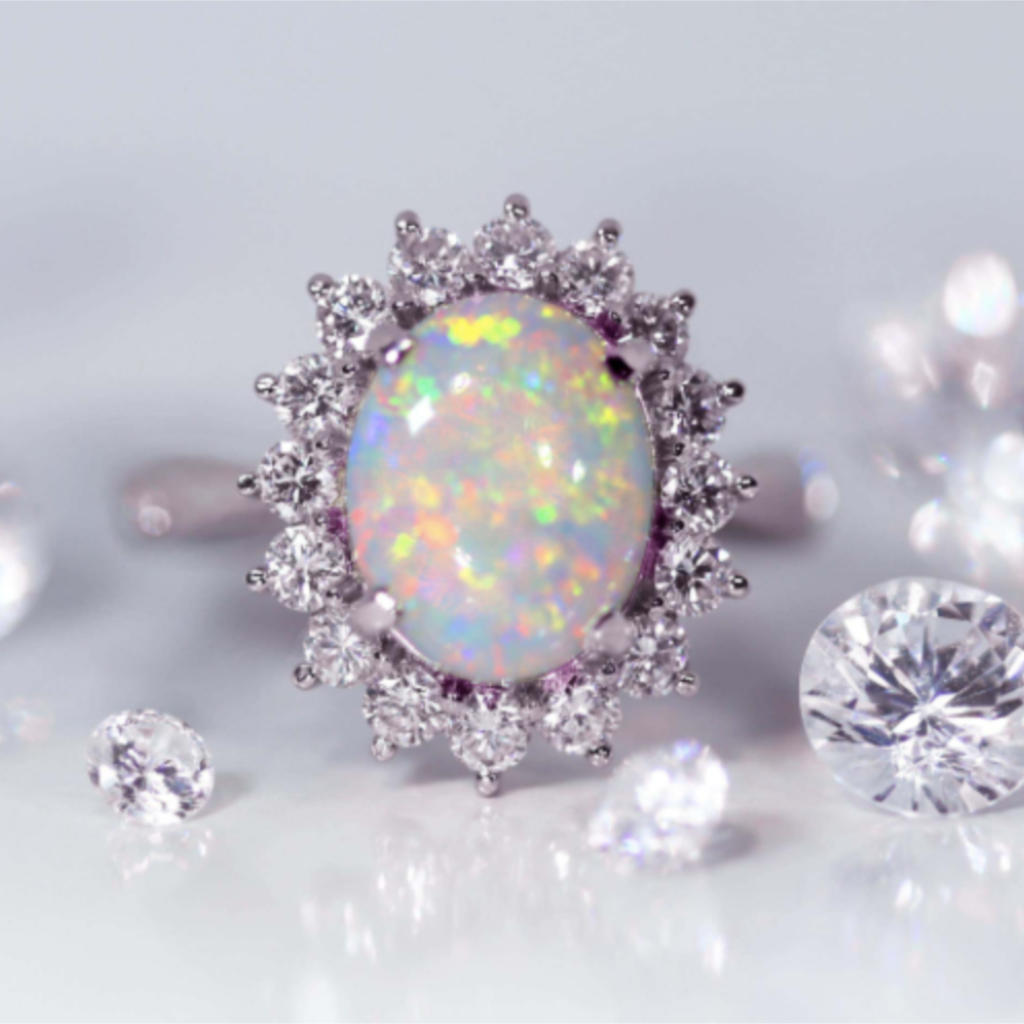
October birthstone - The Opal
Birthstones are gems traditionally associated with either calendar months or zodiac signs, and vary across the world. The custom of wearing birthstone jewellery originated in 18th-century Poland.
And so here we are in October: the month of the opal, also the stone given to celebrate the 14th year of marriage.
Opal is a hardened silica gel, usually containing up to 10% water (although sometimes up to 20%), and is therefore non-crystalline, unlike most other gemstones. As a result, it may eventually dry out and crack if not initially dried properly.
There are two types of opal, the precious opal, which shows iridescent flashes of colour, and the common or “potch” opal, which is usually opaque without any iridescence.
Since the 19thcentury, the main source of precious opals in the world has been Australia producing around 90% of the world’s opals. The town of Coober Pedy in South Australia, famous for its underground dwellings, is the biggest source of gem-quality opals in the world. The town of Lightning Ridge in eastern Australia is famous for its black opals, which are precious opals with a particularly dark background.
The largest opal ever found was the “Olympic Australis” from Coober Pedy in 1956. This awesome stone weighed in at 17,000 carats, or 3.4 kg and it’s current value is estimated to be around $2.5M.
Other places where opals are found are the Czech Republic, Slovakia, Hungary, the USA, Canada, Mexico and central America, Brazil, Ethiopia, and southern Africa.
In the Middle Ages, the opal was considered as bringing good luck. Then in 1829, this changed when Sir Walter Scott’s novel, Anne of Geierstein, had a character wear an opal and then die. Overnight opals suddenly became associated with bad luck and death. Sales of opals in Europe dropped by 50% and remained low for at least a couple of decades afterwards.
Afew years later, Queen Victoria, did much to reverse the unfounded bad press and became a lover of opals, keeping a fine personal collection, and wearing opals throughout her reign. Opals then became highly sought after as the Royal Court of Britain was regarded as the model for fashion around the world. After their discovery in Australia, production increased as did the demand for these beautiful stones.

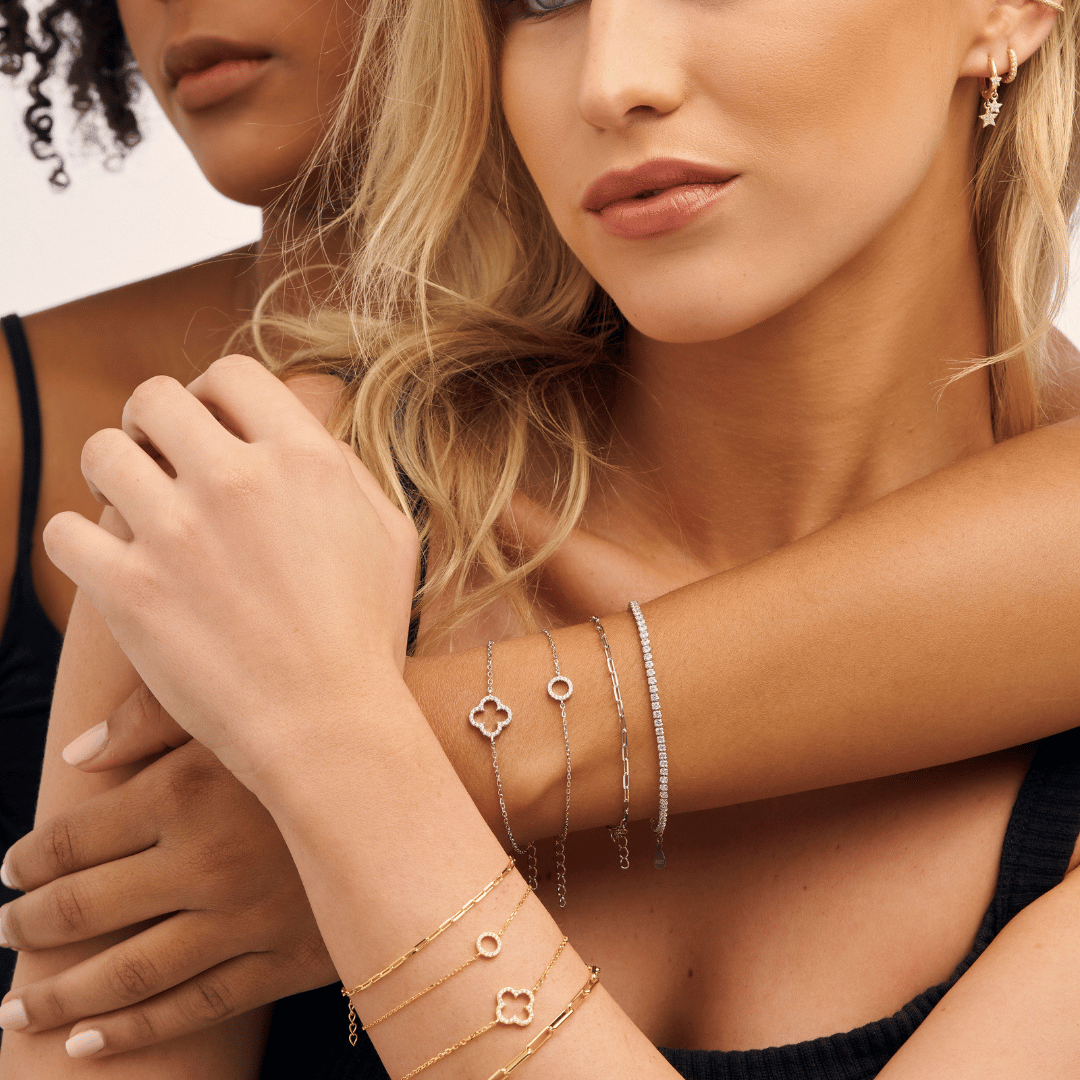
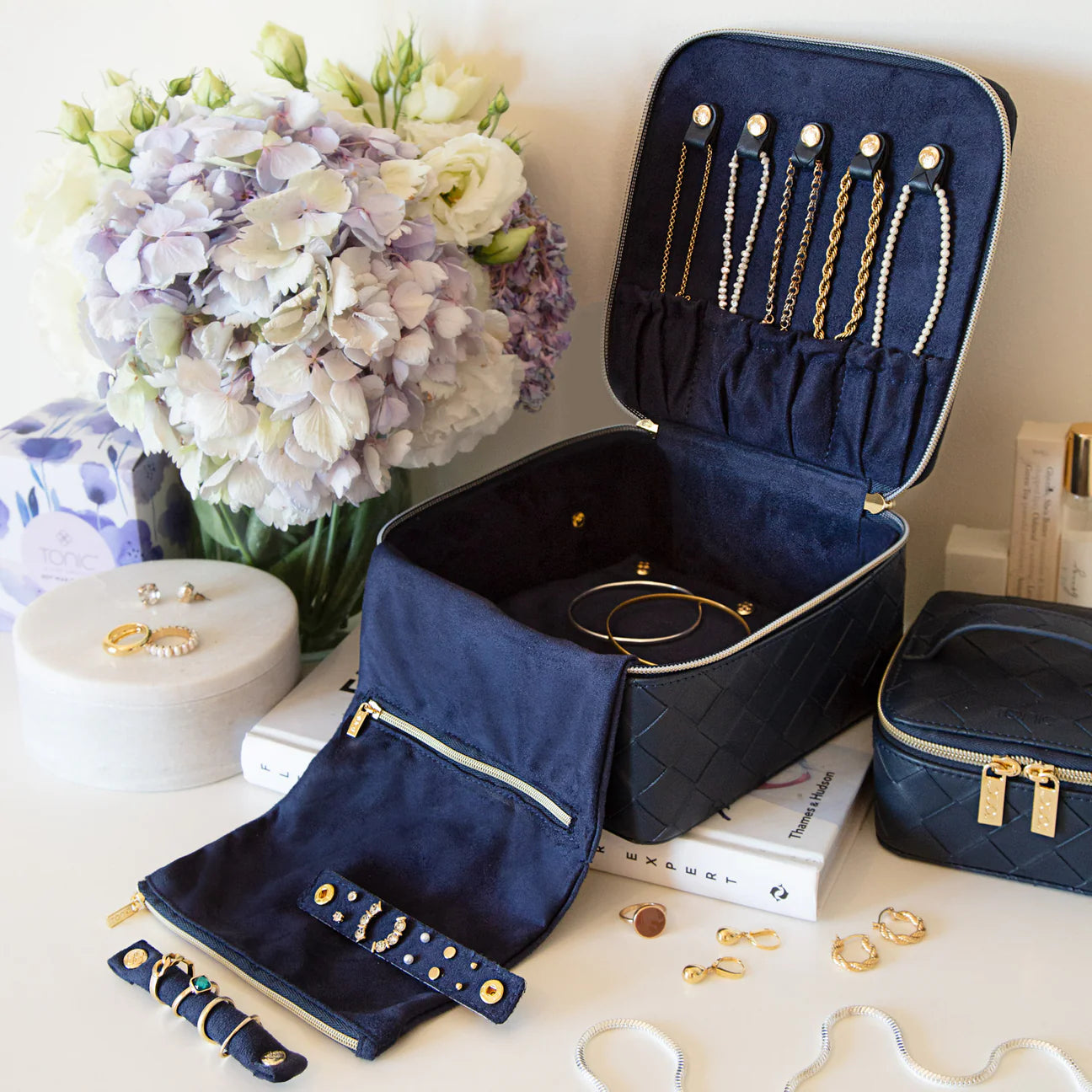
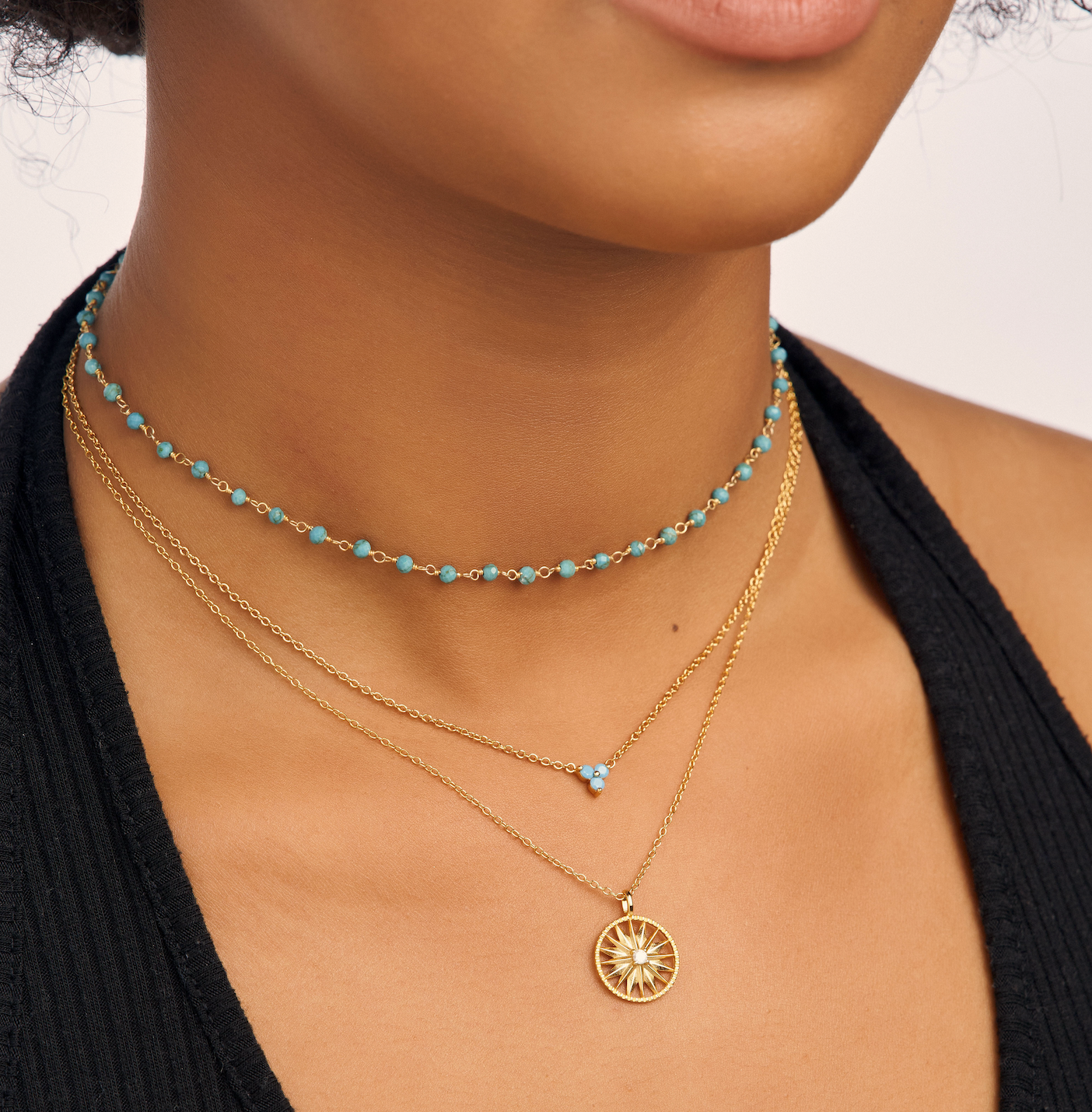
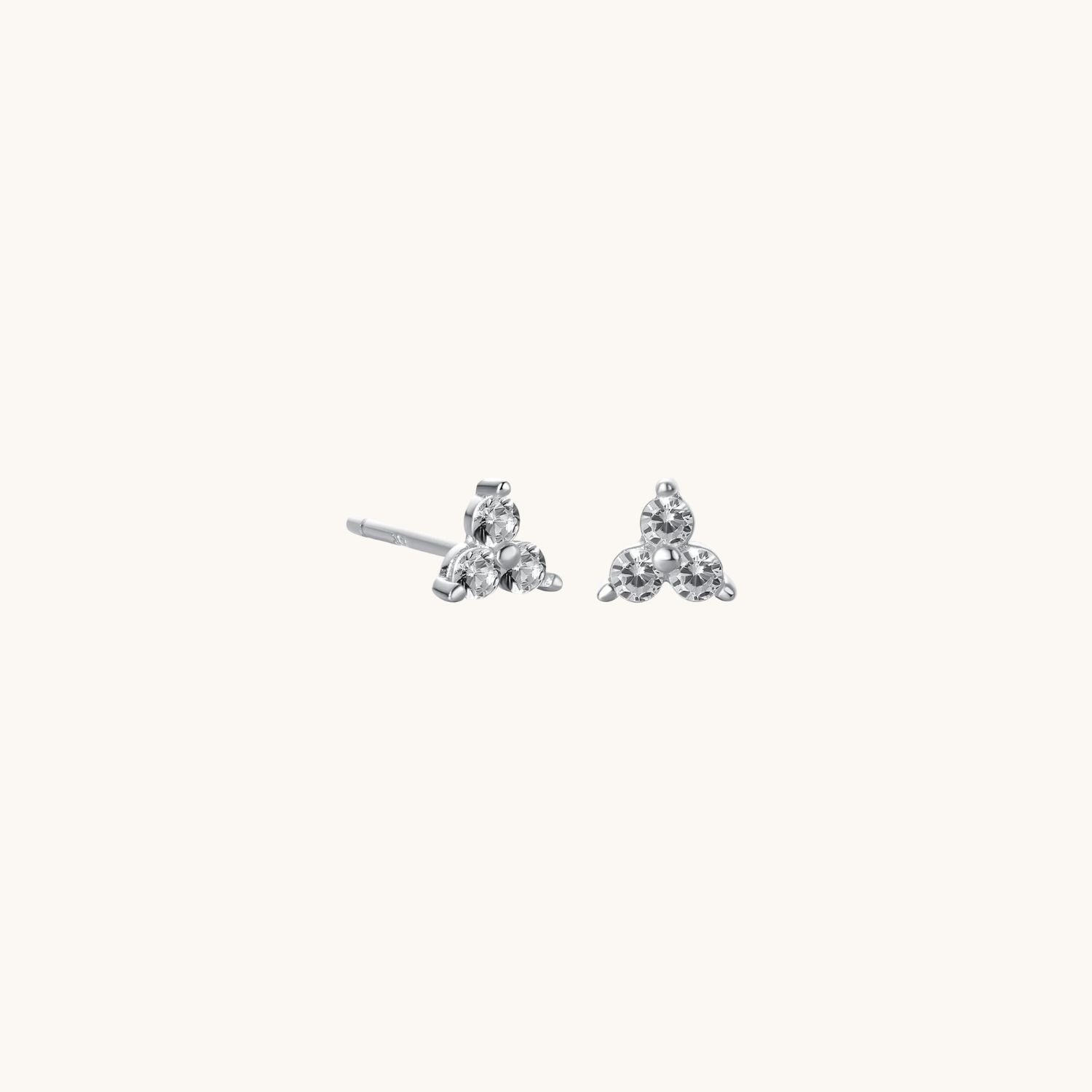
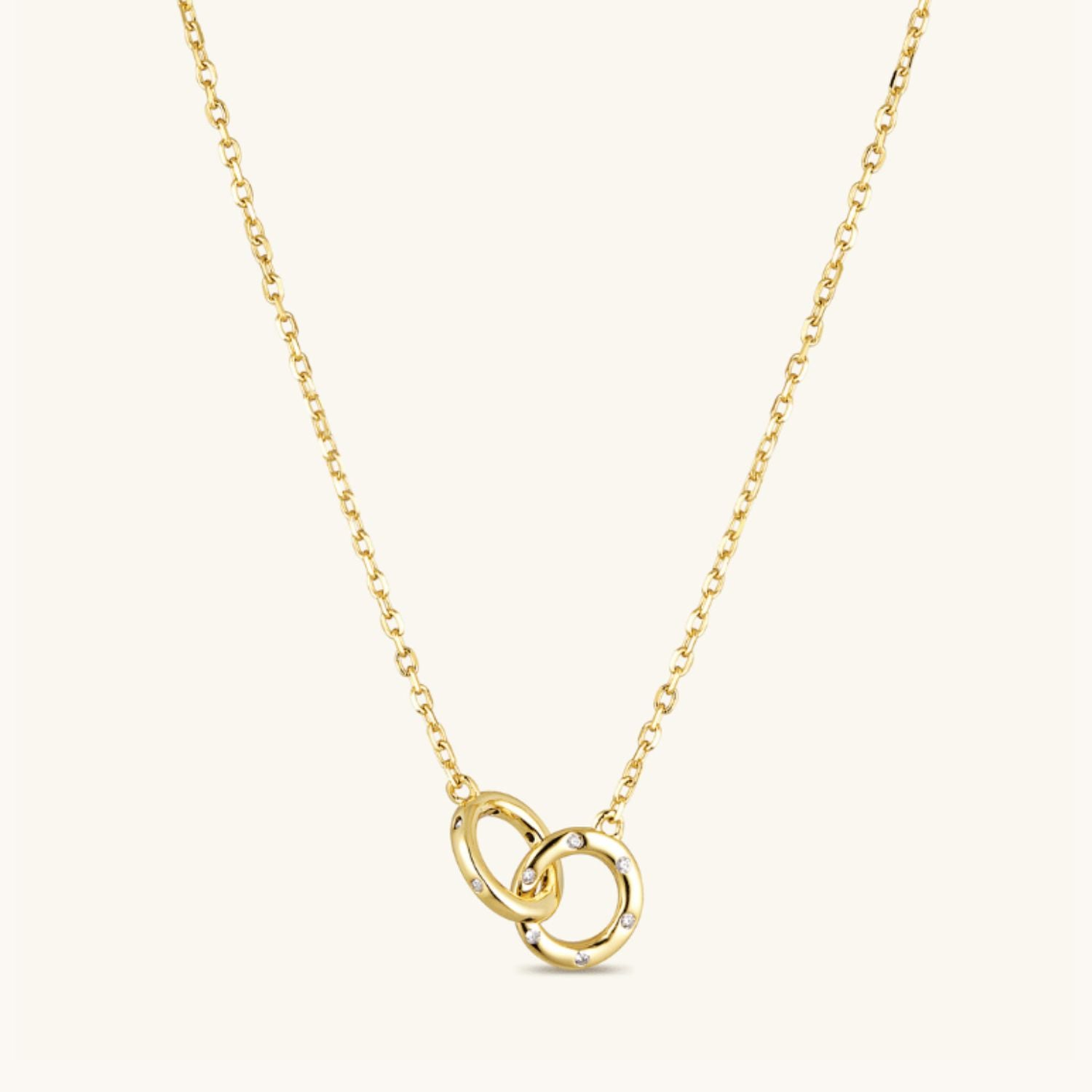



Leave a comment
This site is protected by hCaptcha and the hCaptcha Privacy Policy and Terms of Service apply.